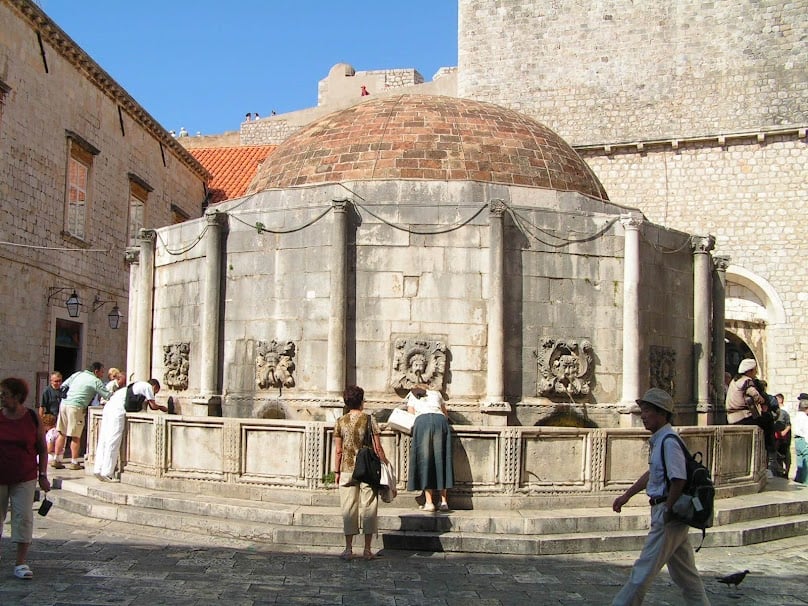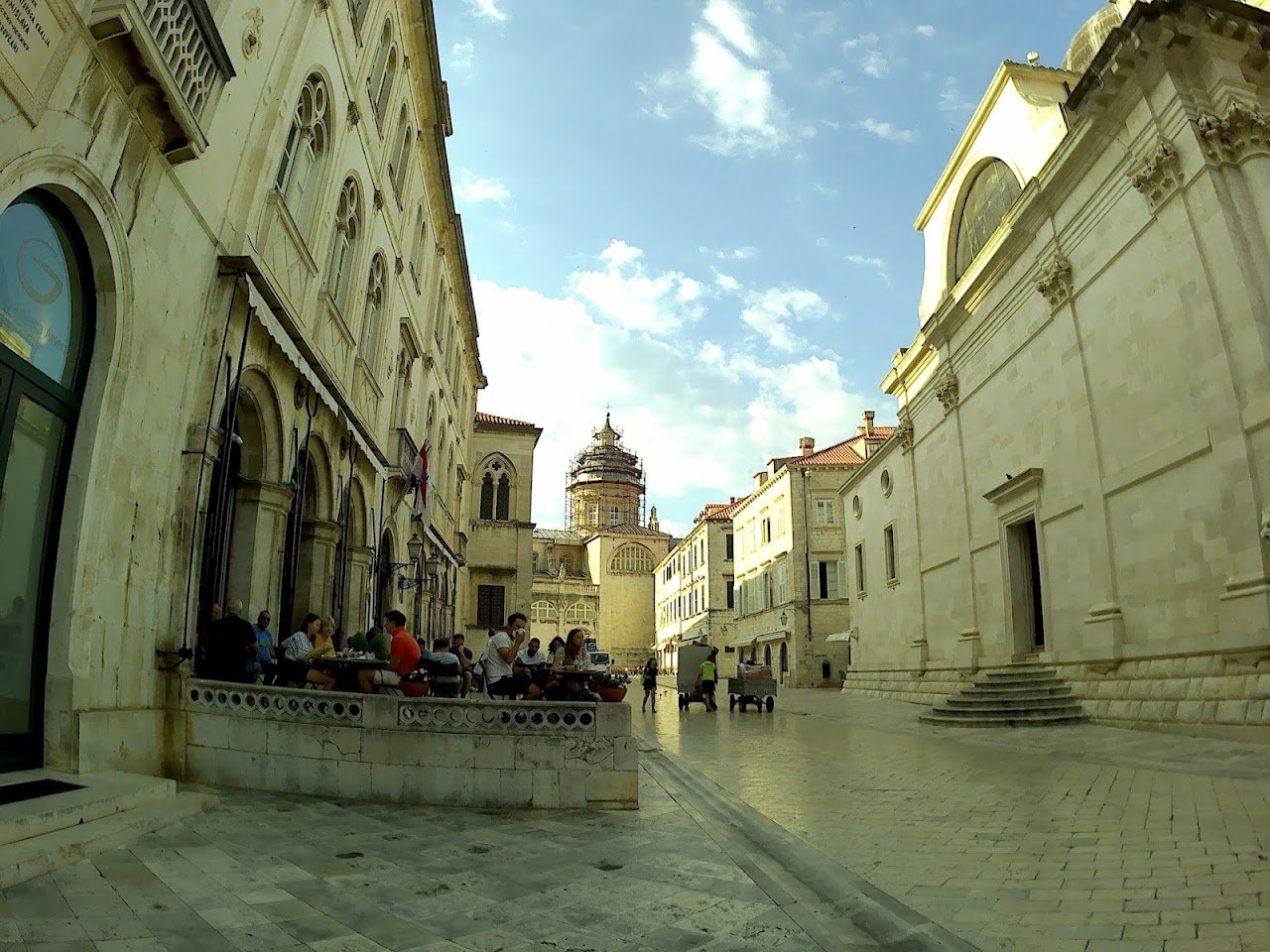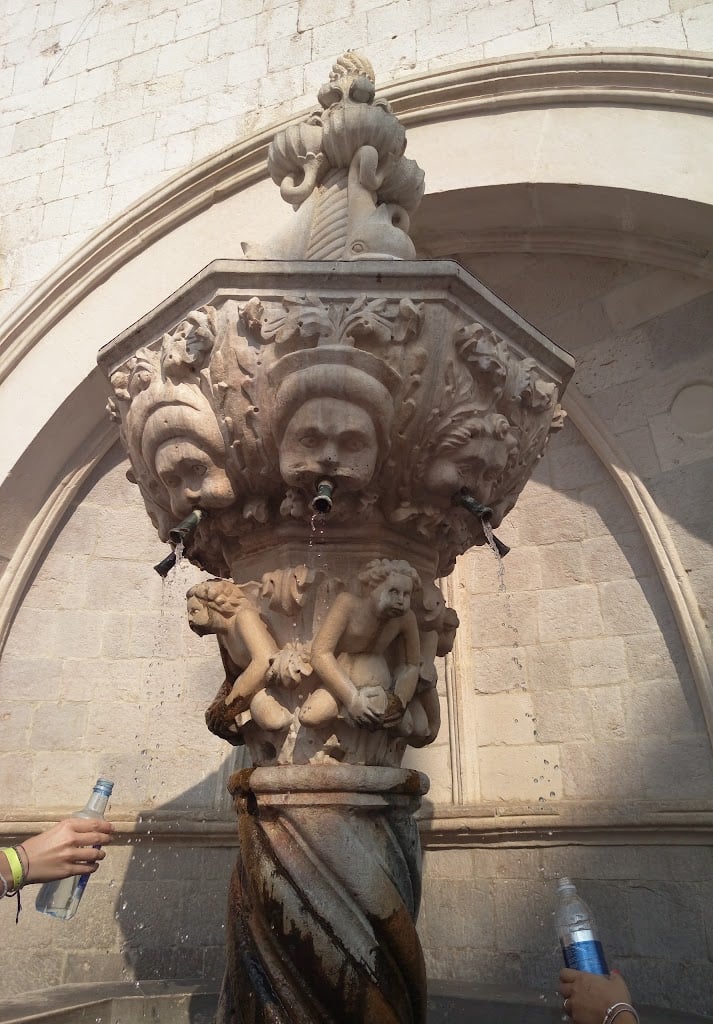Small Onofrio's Fountain





About Small Onofrio's Fountain
Get the inside scoop on Small Onofrio's Fountain from local experts, travel creators, and tastemakers. Browse genuine trip notes, Small Onofrio's Fountain reviews, photos, travel guides, and itineraries from real travelers and plan your trip with confidence.
What people say
Pedro Pereira
Available for hire
"During the era of the Dubrovnik Republic, significant efforts were made to ensure a reliable supply of fresh water for the city. Initially, the water supply relied on a network of cisterns, which collected rainwater from rooftops through an intricate system of gutters. These cisterns could be either public or private, reflecting the community's reliance on this natural resource. In 1304, the government decided to construct a large cistern next to the Divona building to enhance water collection capabilities, a project completed in 1311. The location of this cistern was referred to as "spongia," evolving into "sponcia," and eventually "Sponza," explaining the later name of the Sponza Palace.
During periods of drought, ships transported fresh water from a spring in Mlini, located in Župa dubrovačka, selling it in the Dubrovnik port to private consumers or using it to replenish dried-up public wells. This was crucial for sustaining the city's population.
In 1436, the Great Council issued a mandate to construct an aqueduct system from Šumet, a nearby location. The project was initially overseen by builders Andreucius Bulbito and Onofrio Giordano della Cava, although subsequent records primarily credit Onofrio della Cava as the principal architect. The spring in Šumet still serves as the source of Dubrovnik's water supply, which remains perfectly potable and of higher quality than many bottled waters.
The aqueduct system itself was an engineering marvel, transporting water by free fall from an elevation of 106 meters (348 feet) over a distance of 11.7 kilometers (7.3 miles). It included four water tanks along the route, which were eventually decommissioned due to security concerns during wartime. Notably, the construction contract stipulated penalties for any loss of water along the aqueduct. Remarkably, the project was so well-executed that no penalties were incurred.
Following the completion of the aqueduct, Onofrio della Cava constructed two fountains: the Big Onofrio's Fountain and the Small Onofrio's Fountain.
Small Onofrio's Fountain, located next to the City Guard building on Luza Square under the Belfry, was constructed from 1440 to 1442. Its primary purpose was to supply water to the market on Luza Square. The sculptural elements were crafted by Petar Martinov from Milan, while the hydraulic mechanism was the work of Onofrio della Cava.
Simultaneously, water was channeled to the Rector's Palace, where a fountain in the atrium still exists, highlighting the infrastructure's longevity. Additionally, water access was extended to the Tabor (located on Ploče), which once served as a marketplace and meeting point for Turkish caravans. The water was also utilized for the Lazaret (Quarantine building) and Turkish hans (inns).
In the 16th century, records indicate the existence of a Jewish fountain, designated exclusively for the Jewish community. Originally located under the Bell Tower, it was later moved to Brsalje, where it continues to provide refreshment for passersby today. This extensive water supply system not only highlights the engineering prowess of the Dubrovnik Republic but also reflects the community's commitment to the well-being of its citizens. "
Read more in:
Mentioned in these guides
Save this spot for later or start mapping out a new trip today

